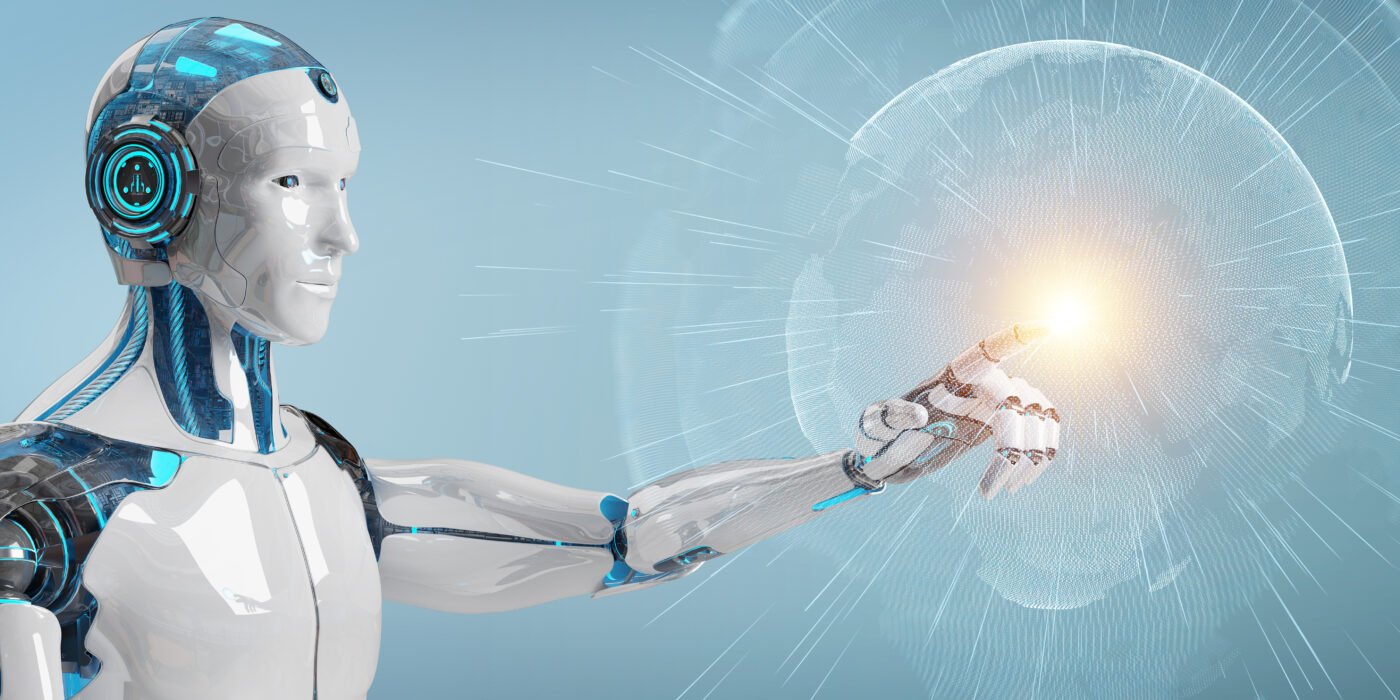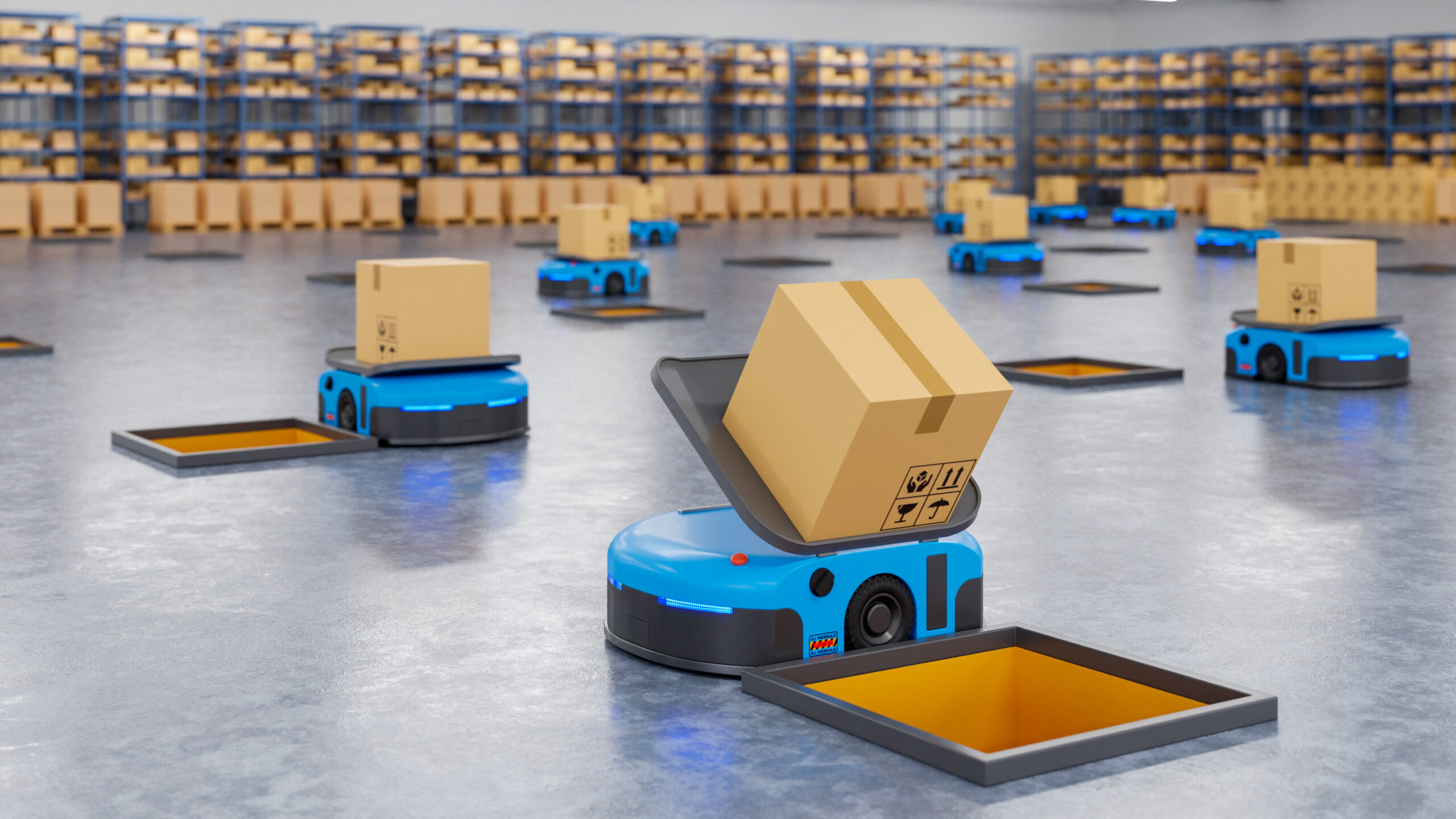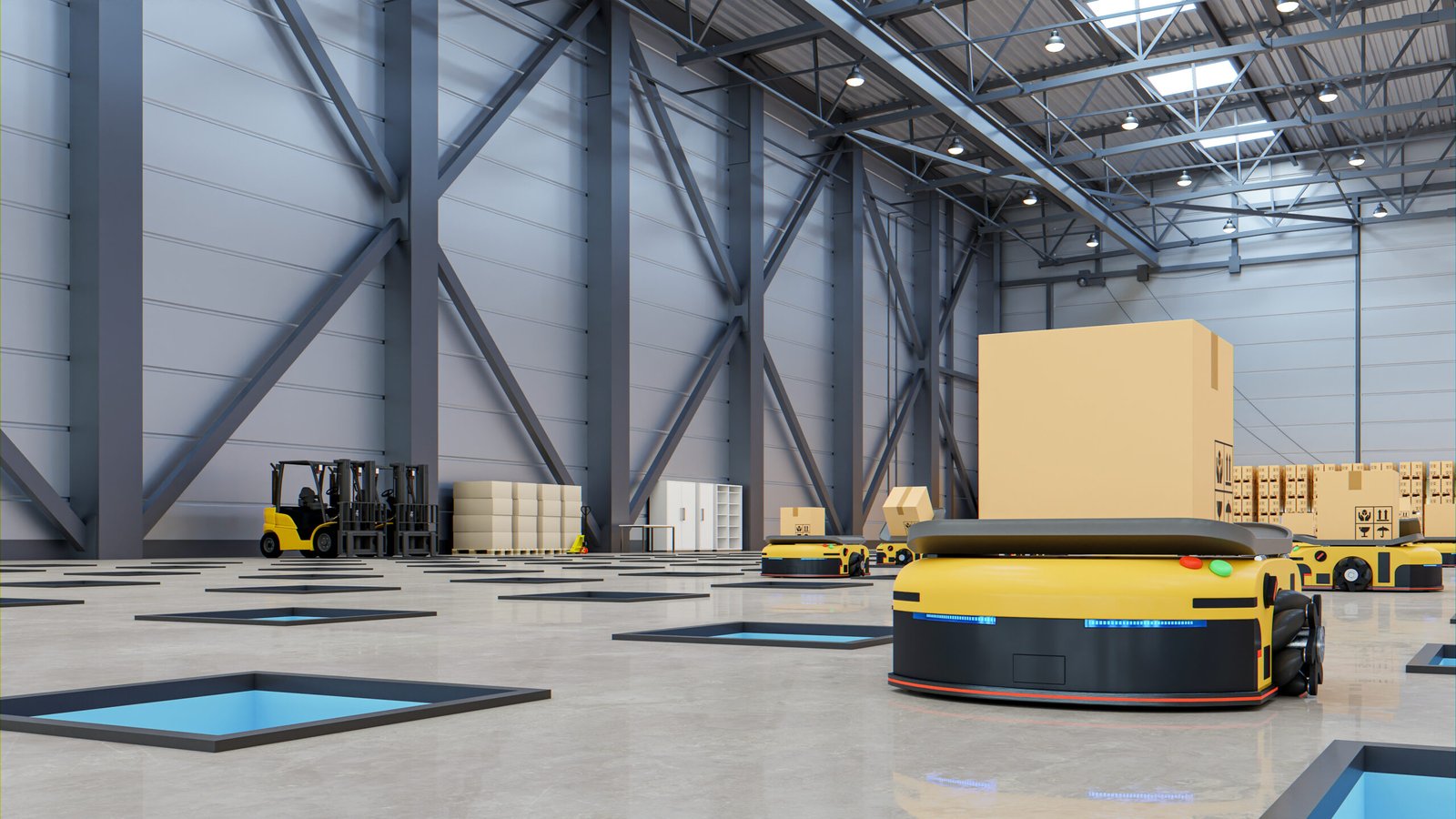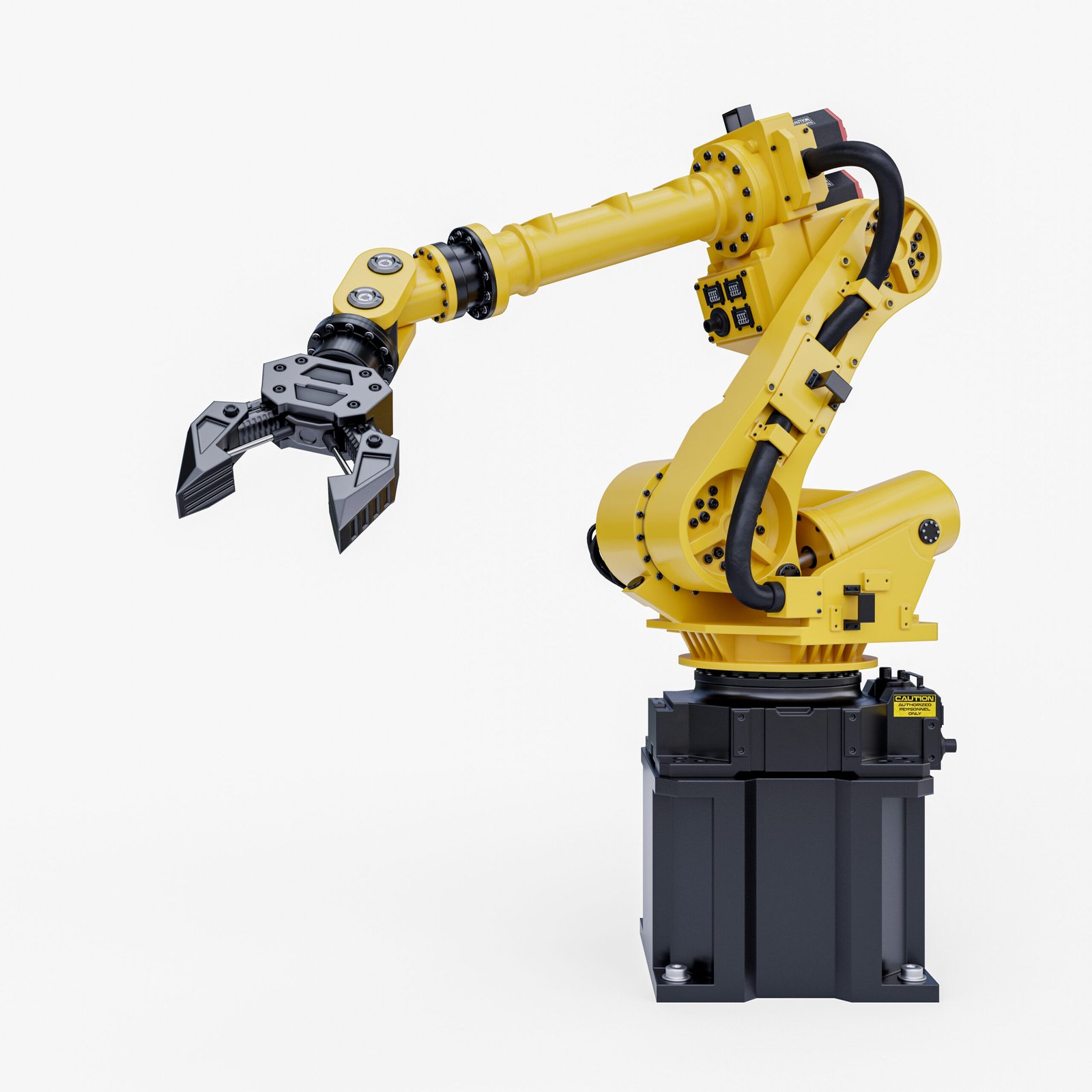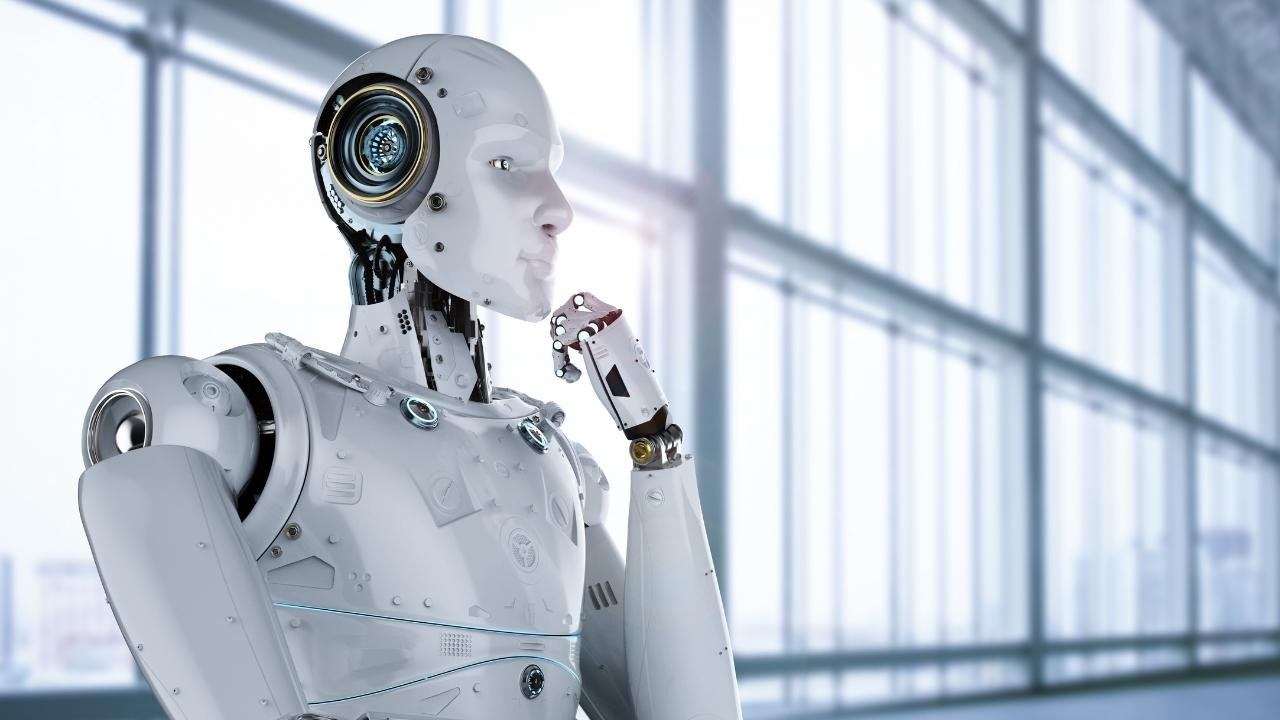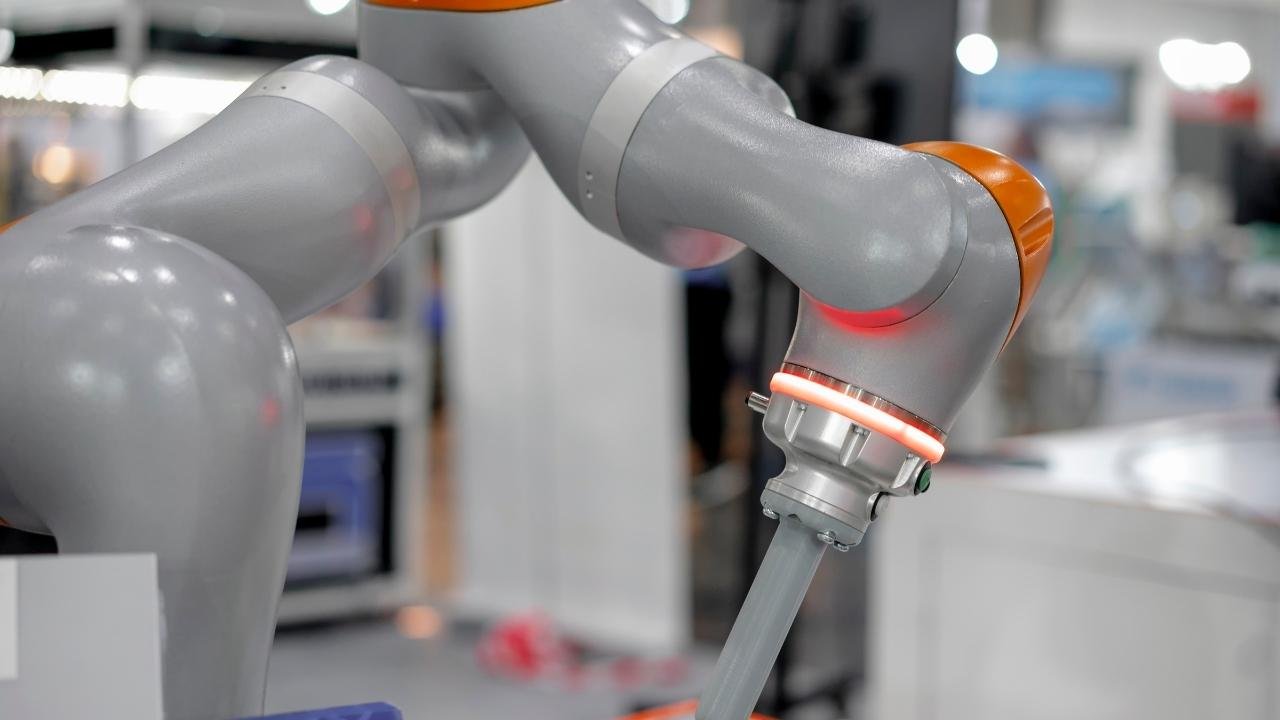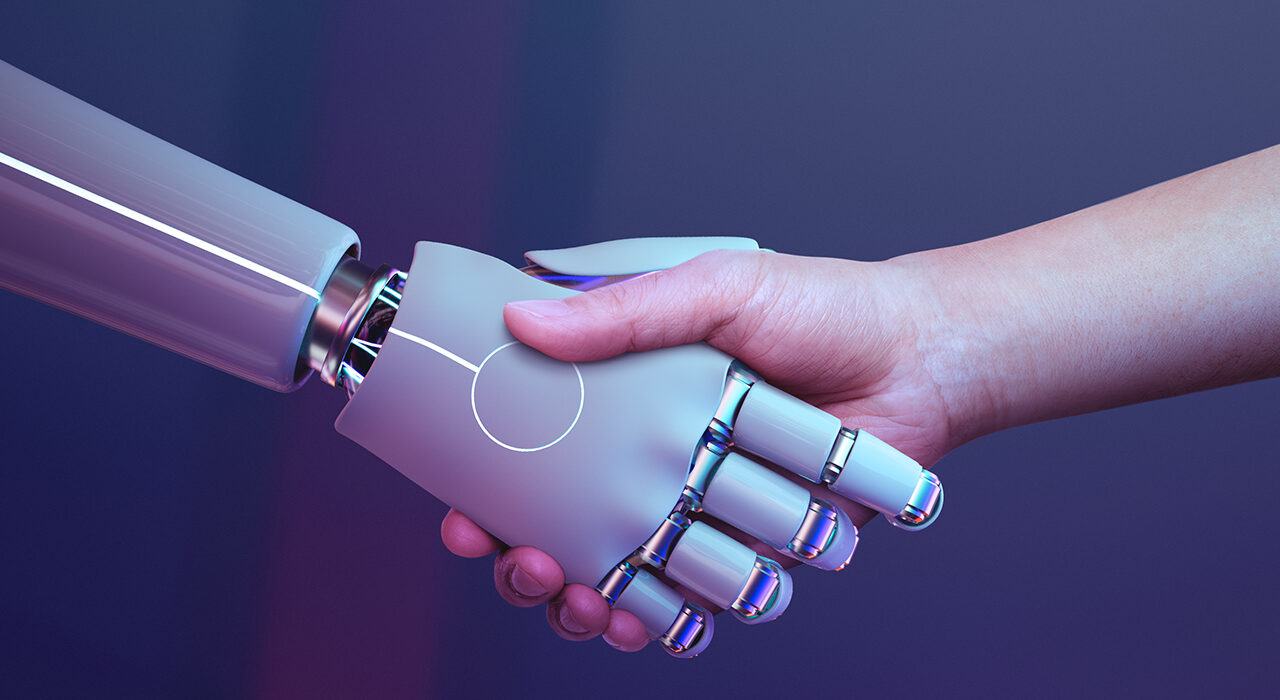In an era of rapid technological advancement, robotics engineering stands out as a field with immense potential to revolutionize industries and enhance our daily lives. Robots have become essential tools across various sectors, including healthcare, manufacturing, space exploration, and entertainment. This blog aims to explore the future of robotics engineering by defining the field, highlighting its priorities, discussing different types of robots, and examining its potential to transform industries.
What is Robotics Engineering?
At its core, It is a specialized branch of engineering that focuses on designing, constructing, and programming robots. Engineers design these machines to perform a wide range of tasks autonomously or with minimal human intervention. Robotic engineering integrates principles from mechanical, electrical, and computer engineering to create sophisticated robotic systems capable of interacting with their environment and executing complex operations.
Key Aspects of Robotics Engineering
It encompasses the design, development, programming, and integration of robots. It involves:
- Design and Development: Specifically, robotics engineers are involved in crafting the physical structure of robots, including components such as actuators (motors), sensors, and control mechanisms. This phase is crucial as it determines the robot’s capabilities and functionalities.
- Programming and Algorithms: Moreover, the software aspect of robotics is vital for enabling robots to perceive their surroundings, make decisions, and execute tasks. Advanced algorithms, often incorporating artificial intelligence and machine learning, empower robots to adapt and learn from their interactions.
- Integration: Successful robotics projects hinge on seamlessly integrating mechanical, electrical, and software components. This interdisciplinary approach ensures that robots operate efficiently and effectively in diverse environments, fulfilling their intended roles.

What are Robotics and Automation?
While robotics focuses on creating and using robots, automation involves using technology to perform tasks with minimal human intervention. Automation includes robots but also encompasses other technologies like computer software and control systems. Consequently, robotics enhances automation by providing the physical presence needed to perform tasks in various environments. Together, they transform industries by increasing efficiency, precision, and safety. For example, robots in manufacturing automate assembly lines, leading to faster production rates and higher-quality products.
Types of Robots
Robots come in various shapes and sizes, each designed for specific tasks and environments. Here are some common types:
- Industrial Robots: In addition, these robots are used in manufacturing for tasks like welding, painting, assembling, and material handling. They are accurate, fast, and can operate in hazardous environments.
- Service Robots: Consequently, these robots assist humans by providing services in homes and businesses. Examples include robotic vacuum cleaners, lawnmowers, and healthcare robots used in surgical procedures.
- Mobile Robots: Navigate through spaces using wheels, tracks, or legs. Engineers use them in transportation (e.g., self-driving vehicles), space exploration, and as robotic pets.
- Humanoid Robots: Designed to mimic human movements and interactions. They are used in scientific research, customer service, and as personal assistants.
- Autonomous Robots: Operate independently using sensors and artificial intelligence. Examples include drones for surveillance, underwater vehicles for exploration, and self-driving cars.
- Collaborative Robots (Cobots): Work alongside humans in shared environments. They feature sensors and safety mechanisms to minimize accidents and injuries, making them ideal for industries that require human-robot interaction.
- Medical Robots: Used in healthcare for tasks like surgery, physical therapy, and diagnostics. They improve the precision and success rates of medical procedures.
Expanding Career Opportunities in Robotics Engineering
Robotics engineering is rapidly expanding, creating numerous career paths for aspiring engineers. In addition to traditional roles in manufacturing and healthcare, robotics professionals are now finding opportunities in emerging fields such as:
- Agriculture: Robots designed for automated harvesting, planting, and crop monitoring are improving efficiency in the agricultural sector.
- Defense and Security: Robotics engineers develop unmanned vehicles, surveillance drones, and bomb disposal robots to enhance security operations.
- E-commerce and Warehousing: With the growth of online shopping, warehouse robots are now essential for inventory management, order picking, and automated packaging processes.
- Education and Research: Educational robots are increasingly used to teach coding, engineering concepts, and scientific principles to students of all ages.
Emerging Trends in Robotics Engineering
The field is evolving with exciting advancements that are shaping the future of technology. Key trends include:
- Soft Robotics: Unlike traditional rigid robots, soft robots are designed with flexible materials, enabling them to mimic human-like movements. They are particularly useful in delicate tasks like handling soft produce or assisting in surgical procedures.
- Swarm Robotics: Inspired by nature, swarm robotics focuses on groups of simple robots working collectively to achieve complex tasks. This technology is being used for search and rescue operations, environmental monitoring, and warehouse automation.
- Edge Computing in Robotics: Edge computing enables robots to process data closer to the source, reducing latency and enhancing real-time decision-making capabilities. This advancement is crucial in applications like autonomous vehicles and industrial automation.
- Human-Robot Collaboration: The rise of collaborative robots (cobots) has paved the way for safe and efficient teamwork between humans and robots in dynamic work environments.
Applications of Robotics in Everyday Life
Robotics engineering is no longer confined to industrial settings. It is now playing a significant role in enhancing everyday life. Notable examples include:
- Smart Home Automation: Robotic vacuum cleaners, lawnmowers, and even window-cleaning robots simplify household chores.
- Healthcare Innovations: Advanced surgical robots, rehabilitation devices, and telemedicine robots improve patient care and medical outcomes.
- Entertainment and Leisure: Robotic pets, gaming robots, and interactive toys offer engaging experiences for individuals and families.
The Growing Demand for Robotics Engineers
As industries increasingly rely on automation, the demand for skilled robotics engineers continues to grow. Companies are actively seeking professionals with expertise in:
- Programming languages like Python, C++, and ROS (Robot Operating System).
- AI and machine learning to enhance robot intelligence and adaptability.
- Mechanical design and control systems for creating functional robots.
The Future of Robotics Engineering
Looking ahead, robotics engineering will continue to transform various industries. Advancements in AI, machine learning, and sensor technology will drive innovation, leading to more intelligent and versatile robots. Future developments may include:
- Personal Assistants: Enhanced humanoid robots capable of performing household tasks and providing companionship.
- Autonomous Delivery Systems: Drones and delivery robots designed to streamline logistics and reduce delivery times.
- Environmental Robotics: Robots capable of monitoring and cleaning up polluted environments, contributing to environmental sustainability.
In an era of rapid technological advancement, robotics engineering stands out as a field with immense potential to revolutionize industries and enhance our daily lives. Robots have become essential tools across various sectors, including healthcare, manufacturing, space exploration, and entertainment. This blog aims to explore the future of robotics engineering by defining the field, highlighting its priorities, discussing different types of robots, and examining its potential to transform industries.
Conclusion
Consequently, It is a dynamic and evolving field with the potential to significantly impact various aspects of our lives. As a result, from automating factory processes to developing advanced medical devices and artificial limbs, robots are opening new doors that are reshaping our world. As technology continues to advance, the integration of artificial intelligence, machine learning, and advanced sensing technologies will make robots smarter and more efficient.
Join us in exploring the limitless possibilities at Monarch Innovation, where innovation meets excellence.
Frequently Ask Questions
1. Which Language is used in robotic engineering?
In robotics engineering, the languages commonly used include C++, Python, and MATLAB, among others. Engineers choose these languages for their ability to handle tasks such as programming robot controllers, implementing algorithms for navigation and perception, and interfacing with sensors and actuators effectively.
2. What career opportunities are available for robotics engineers?
Robotics engineers can work in various industries such as manufacturing, healthcare, agriculture, and defense, designing and developing robotic systems.
3. What is the future of Robotics?
As a result, the future of Robotics Engineering is promising, with advancements in AI, machine learning, and sensor technology driving innovation. Expect to see more sophisticated robots with enhanced capabilities in various sectors, including healthcare, agriculture, logistics, and everyday life.
4. What are the different types of robots in robotics engineering?
Robotics engineering categorizes robots into industrial robots, mobile robots, humanoid robots, and collaborative robots, among others.
5. What skills are needed for a career in Robotics?
Key skills for robotics engineering include proficiency in programming, mechanical design, electronics, and problem-solving abilities.
6. What is the role of artificial intelligence in robotics engineering?
Artificial intelligence plays a crucial role in robotics engineering by enabling robots to perceive their environment, make decisions, and adapt to changing situations.



